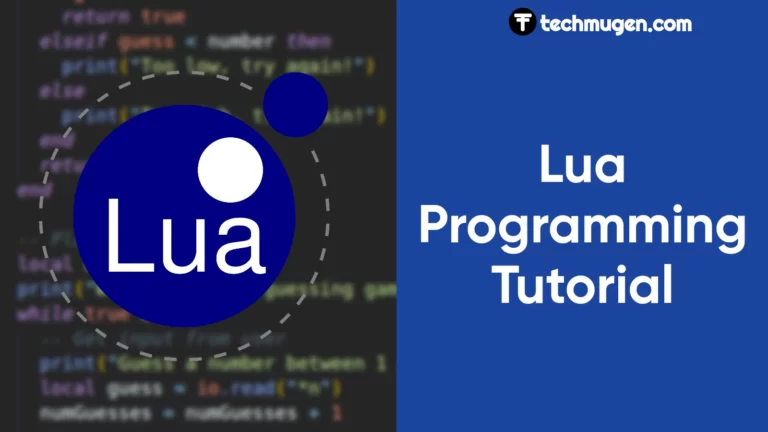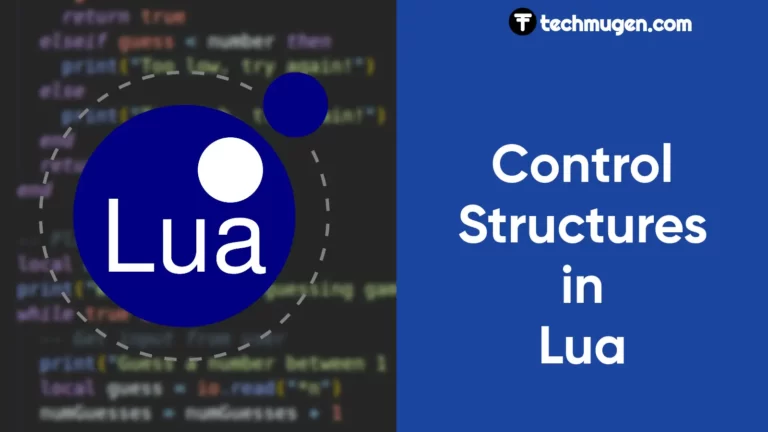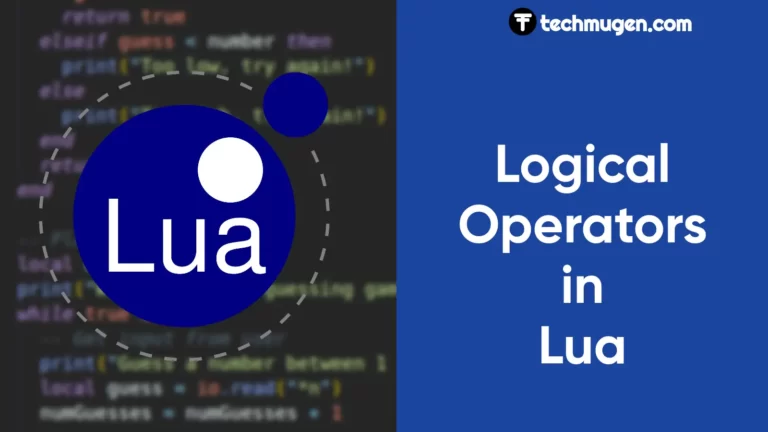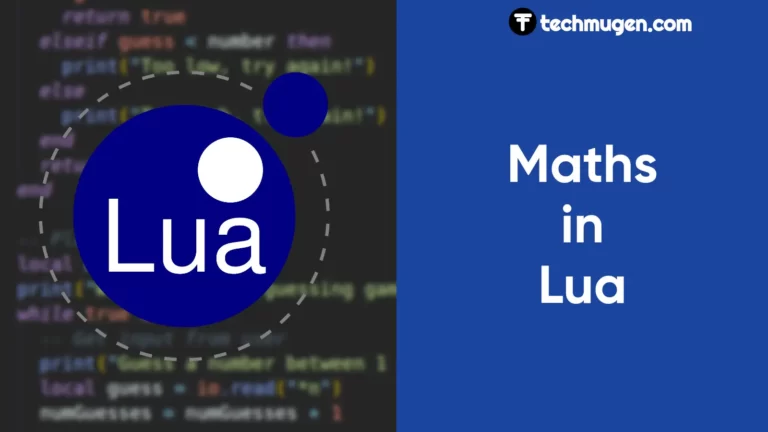Welcome to our Lua Programming Tutorial series! Lua is a lightweight, fast, and powerful programming language that has been used for a wide range of applications, including video game development, scripting, and more. In this series, we will explore Lua’s history, use cases, and provide a step-by-step guide to mastering the language.
Lua was created in 1993 by a team of Brazilian developers led by Roberto Ierusalimschy. The language was designed to be small, efficient, and easy to embed into other applications. Since then, Lua has gained popularity as a scripting language for video games, and it has been used in popular titles such as World of Warcraft, Angry Birds, and even the Adobe Lightroom photo editor.
Lua has a strong open-source community that contributes to its development and maintenance. The Lua community maintains a website (www.lua.org) that provides documentation, resources, and updates about the language. The website also hosts the Lua mailing list, which is a forum for developers to discuss Lua-related topics, ask for help, and share information about Lua development.
Lua is continuously evolving, with new features and improvements being added to the language over time. The most recent stable version of Lua is Lua 5.4, which was released in June 2020. This version includes several new features, including bitwise operators, a new syntax for integers, and improved error messages. The Lua development team also maintains several third-party libraries and tools that enhance the functionality of the language, such as LuaRocks, a package manager for Lua modules.
One of the unique features of Lua is its simplicity. The language is easy to learn, yet powerful enough to handle complex tasks. Lua’s syntax is also flexible, allowing developers to write code in a variety of styles, including procedural, object-oriented, and functional programming.
Lua’s simplicity and flexibility make it an excellent choice for a variety of applications. In video game development, Lua is often used for scripting game mechanics, AI behavior, and user interfaces. Lua is also popular in the embedded systems industry, where it can be used to control hardware devices such as routers and printers. Lua’s lightweight and efficient nature also make it ideal for use in scripting, automation, and other tasks that require quick execution.
In this tutorial series, we will cover the basics of Lua programming, including data types, control structures, functions, and modules. We will also explore advanced topics such as metatables, coroutines, and garbage collection. Our tutorial series is designed to be accessible to programmers of all skill levels, from beginners to experienced developers.
Whether you are a beginner programmer looking to learn a new language or an experienced developer interested in Lua’s unique features, this tutorial series will provide you with a comprehensive guide to mastering Lua. Our tutorials are easy to follow and provide hands-on examples to help you understand and apply the concepts you learn.
So, join us as we dive into Lua programming and discover the power of this versatile language! By the end of this series, you will have the skills and knowledge you need to start using Lua in your own projects and applications.









